Last Saturday (January 8th) marked the kickoff of the FRC 2022 Rapid React season! We were introduced to the game and began strategizing what types of scoring objectives we wanted to accomplish.
Image Credit: FIRST
In the Rapid React game challenge, robots start in the center of the field and have to shoot oversized tennis balls (Cargo) into a two-tiered basket (The Hub) located in the center of the arena. Scoring Cargo in the “Lower Hub” is less risky, but worth half as many points as scoring Cargo in the “Upper Hub.” During the first 15 seconds of each match, robots operate autonomously from pre-programmed instructions, and Cargo scored in the Hub are worth double. After 15 seconds, robots are remotely controlled by their team for the remainder of the match.
In the last 30 seconds of the match, robots can climb on the four rungs of a monkey bar-like structure called the Hangar for additional points. The rungs are located at varying heights in each alliance’s Hangar, and the higher the rung that your robot climbs on, the more points your team scores at the end of the match.
Click here to watch the official game animation: https://youtu.be/LgniEjI9cCM
Prototyping
We prototyped multiple launching mechanisms to score Cargo in the Upper Hub. The two ideas we focused on testing a wheeled shooter and a catapult. We were able to reuse the shooter from our 2016 robot to test the aerodynamics of the Cargo. Students used our catapult prototype to evaluate the optimal trajectory of the Cargo when scoring.
Our intake prototyping focused on trapping potential bouncing Cargo on the field, allowing us to eliminate the need to wait for cargo to stop moving before we collect them. Previous years with similar game pieces enabled us to recycle intake mechanisms from previous years to test what types of wheels were best for loading Cargo into our robot.
After kickoff, we constructed a small scale version of the Hangar to test our prototypes. Our two main ideas revolved around a robot with multiple arms that reach out and grab individual bars, and a singular, windmill-like arm that spins around to grab rungs. Using these prototypes, we determined the value of each endgame prototype and how it would affect our robot’s design features as a whole.
With a productive Week 1 already wrapped up, we’ve hit the ground running and are aiming to have a drivable robot by the end of Week 2!





